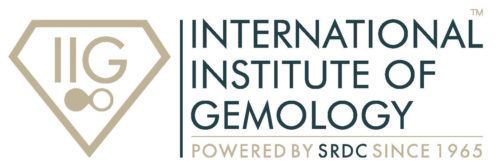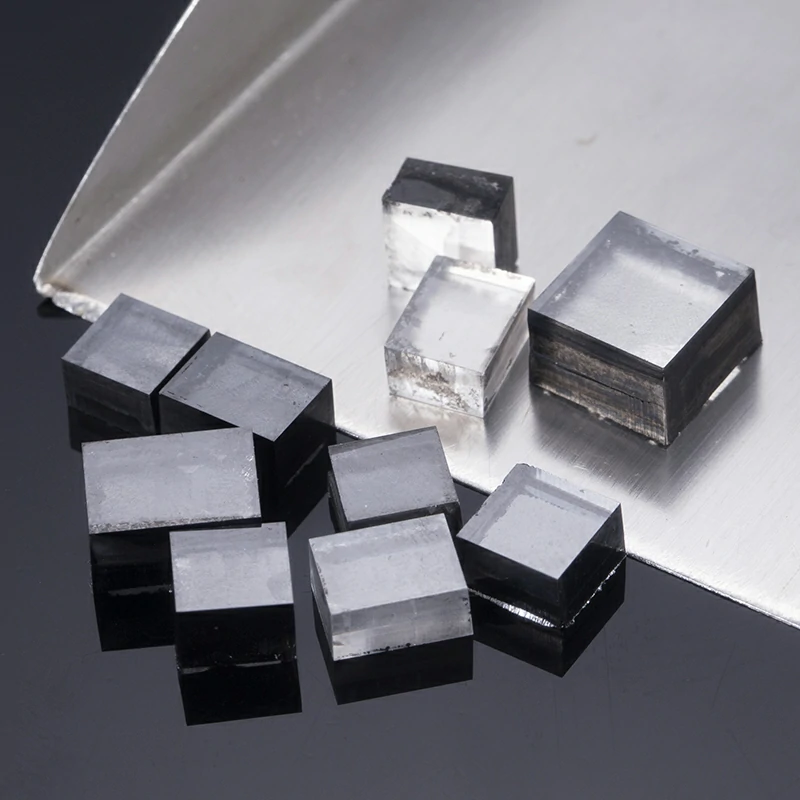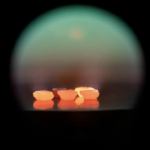|
Getting your Trinity Audio player ready...
|
Well, Lab Grown diamonds are everywhere!
What’s the deal about it? Let’s break it down for you in this blog.
Diamonds are formed under pressure from those ancient rocks deep within the Earth. On the other hand, Lab-grown diamonds are created right on the land using super-cool and savvy technology.
Yep, we just said it. Diamonds made by humans, for humans! Cool, right? Let’s learn about the traits and features of these lab grown diamonds. Like the superheroes of the gem world, born in the lab instead of deep within the Earth, these lab-grown creations also dazzle with the spark of brilliance. You can think of them as the cooler, more eco-conscious cousin of actual diamonds.
They are brought to life in fancy labs with high-tech machinery, basically mimicking exactly what happens deep underground but way faster and causing less environmental damage.
The Science Behind the Sparkle:
These diamonds have the same and exact chemical combination as mined diamonds which means that they are just as sparkly and hard. Thanks to the controlled environment that these kab grown beauties are made in, because of which they are cleaner and uniform.
The are two primary methods for creating lab-grown diamonds:
> High-Pressure High-Temperature (HPHT): This method involves mimicking the natural conditions under which diamonds form, applying immense pressure and heat to a carbon seed.
>Chemical Vapour Deposition (CVD): This method involves breaking down a carbon-rich gas and depositing the atoms onto a diamond seed, layer by layer, forming a new diamond.
Let’s check out some cool facts about lab-grown diamonds:
> The OG Lab Gem: The first lab-grown diamond was created in 1954 by General Electric.
> Lab-grown diamonds aren’t just about classic white sparklers. They come in a whole rainbow of colours, from sunny yellows to pretty pinks and even cool blues and greens. It’s like a gemstone fashion show!
> Ever heard of the saying “go big or go home”? Well, lab-grown diamonds take it seriously. The largest one ever made weighed in at a whopping 3,034 carats! That’s one giant gem.
> Same-Same, But Different: When it comes to grading lab-grown diamonds, they play by the same rules as their mined counterparts. That means they’re judged based on the 4Cs – cut, colour, clarity, and carat weight.
Some awesome things about Lab Grown diamonds:
> Eco-Friendly: Diamonds are a girl’s best friend, but lab-grown diamonds are nature’s best friend too! These are made by ditching the traditional mining methods and adopting a sustainable practice and renewable energy sources. Hence, you can amp your look and rock the bling guilt-free!
> Ethically sourced: Lab-grown diamonds ensure minimum and fair labour practices and also are produced in controlled environmental conditions.
> Does not break the bank: The price tag? Well, they are highly affordable when compared to natural diamonds, making them perfect for people who lobe bling & sparkle.
> Customizations and endless variations: Whether you are a fan of classic solitaires or trendy halo designs, lab-grown diamonds can fulfil all your demands.
Here’s how Gemology Institutes are a total game changer in the gem world-
> Keeping it real and accurate: At gemology institutes like ours, we are all about educating consumers about properties, characteristics and distinctions between mined and lab-grown diamonds.
> Gemology institutes like ours make sure that diamonds are sourced responsibly and promote responsible consumerism.
> Promoting an ongoing learning culture: We are a treasure trove of knowledge and continuously adapt and evolve to equip our students with the necessary knowledge and skills that will help them in navigating the gemstone landscape.
Here’s some Statistics :
> India is the world’s largest exporter of cut and polished diamonds (both mined and lab-grown), accounting for approximately 75% of the global turnover by value.
> Surat, India is known as the world’s diamond polishing capital. It’s estimated that 9 out of 10 of the world’s diamonds are cut and polished there, which includes a large portion of lab-grown diamonds.
> India’s lab-grown diamond jewellery market was valued at about $264.5 million in 2022 and is projected to grow at a CAGR (compound annual growth rate) of 14.8% from 2023 to 2033.
So, why should students learn about Lab Grown diamonds? Here’s the scoop!
> To keep up with the latest trends. Lab-grown diamonds are the rage now, and knowing about the ins and outs of these blingy gems can be important to explore career opportunities and also for personal knowledge.
> Doing good and promoting good. Lab-grown diamonds are taking over the industry by being more sustainable and eco-friendly. Having more knowledge about these diamonds can help spread awareness and make people more responsible while making an ethical choice.
> Being ahead of everyone. Having knowledge about ethical, sustainable practices in the realm of gems can help students be ahead of the curve. This can help them embrace the market shifts and knowledge of these diamonds.
> Promoting smart shopping. Having the knowledge of the difference between mined and lab-grown diamonds is a major plus and can help students make savvy choices while buying bling.
> The study of lab-grown diamonds is not just boring notes and fats, it’s also about honing critical thinking skills and having a knack for looking at gemstones from all angles.
So, if the topic of lab-grown diamonds excites you and you want to unlock the secrets of lab-grown diamonds and become a gem guru, what are you waiting for? Join us on this epic journey of discovery and let’s shine bright together in the dazzling world of diamonds!










